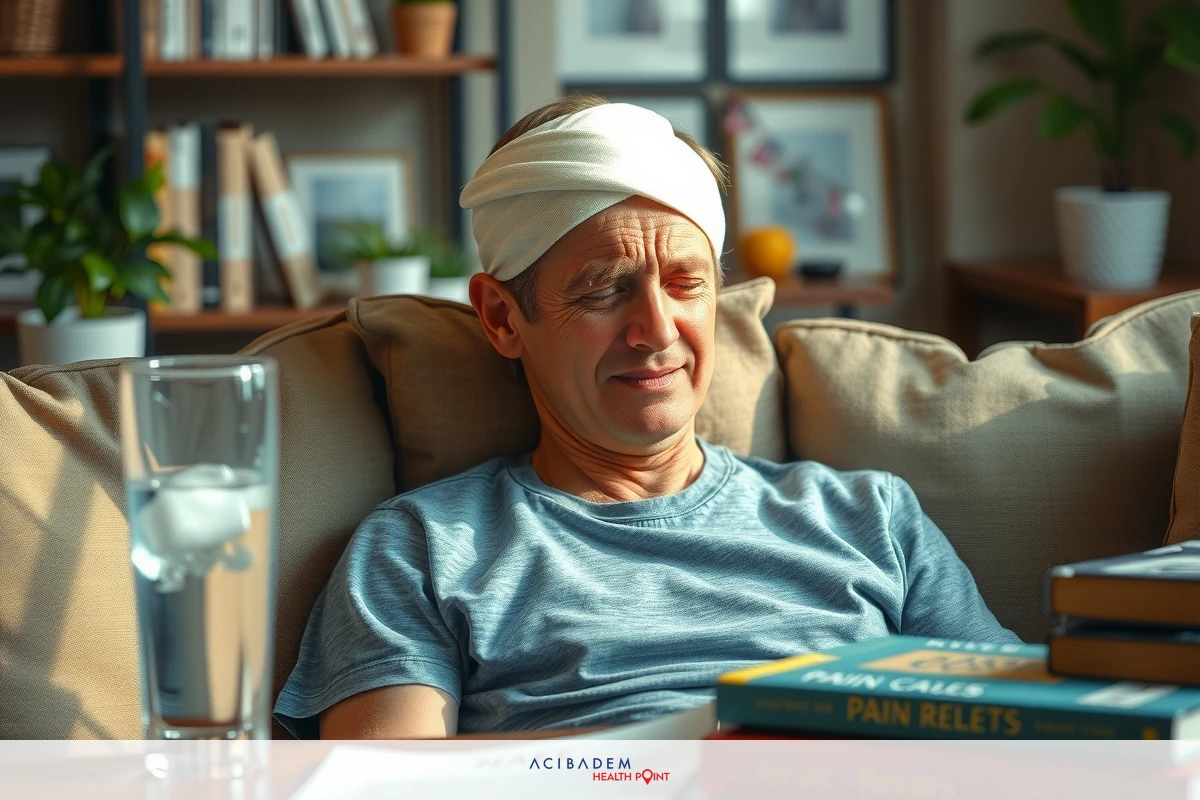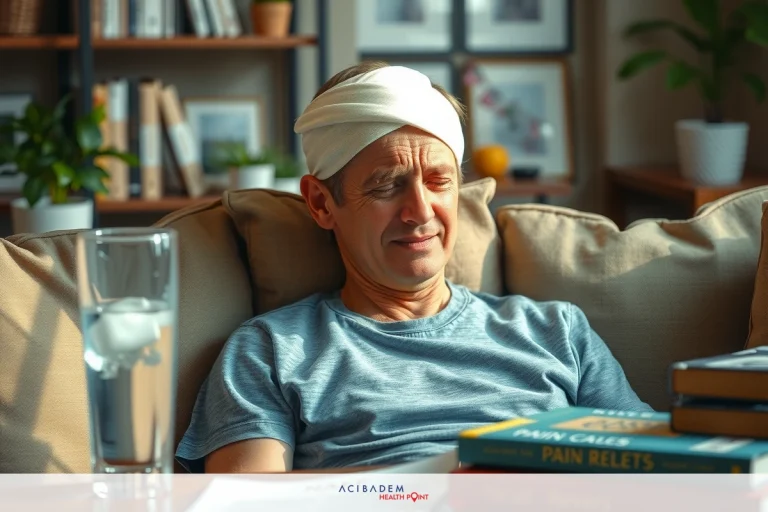How Long for Rhinoplasty to Fully Heal
How Long for Rhinoplasty to Fully Heal One of the most common questions potential patients have is about the healing time post-surgery. It is important to note that healing from rhinoplasty doesn’t happen overnight. The process requires patience and adherence to post-operative care instructions provided by your surgeon.
The timeline varies from patient to patient, largely depending on their overall health condition and how closely they follow the aftercare instructions. While the most noticeable swelling and bruising typically subsides within two weeks, subtle changes in nasal shape can continue for up to a year. Hence, setting realistic expectations and being patient with the recovery process is key to achieving desired results.
Immediate Recovery
The immediate recovery period following rhinoplasty is crucial to the overall healing process. The first few days after surgery generally involve managing swelling, bruising, and pain. It’s important to remember that these are normal signs of the body’s healing process in action. Moderate swelling and bruising around the eyes and nose are common and typically reach their peak two or three days post-surgery before gradually subsiding.
Post-operative care instructions play a vital role during this period. Patients are usually advised to rest with their head elevated higher than their chest to reduce bleeding and swelling. Cold compresses may also be recommended to help alleviate discomfort around the surgical area. Pain can often be controlled with medication prescribed by your surgeon, but always ensure you’re following their specific dosage instructions.
It’s worth noting that the immediate recovery period after rhinoplasty can also involve some nasal congestion due to swelling inside the nose. This is a normal part of the healing process and will progressively improve as the swelling decreases over time. Some patients might have nasal packing or splints placed inside their nostrils which are typically removed within a week of surgery.
Maintaining a positive mindset during this time is essential. It’s natural to feel a little anxious about your appearance immediately after rhinoplasty, but remember that the initial after-effects such as swelling and bruising are temporary and will resolve over time. Patience and adherence to your surgeon’s post-operative care instructions will greatly contribute to a smooth recovery and achieving your desired results from nose surgery.
Healing Timeline
The healing process after rhinoplasty is unique to each patient and depends on several factors, including the specific procedure performed and the individual’s overall health. However, there are some general stages of recovery that most patients can expect. Here we outline a typical timeline for the healing process after nose surgery.
- First Week: The first week post-surgery is marked by noticeable swelling and bruising. Nasal congestion might also be experienced due to internal swelling. Most patients have their nasal splints and stitches removed within this period.
- Two Weeks: By the end of the second week, major swelling and bruising should have significantly subsided. Most patients feel comfortable returning to work and social activities around this time.
- One Month: One month post-rhinoplasty, the majority of the swelling will have resolved, but some minor swelling may persist. This residual swelling is usually unnoticeable to anyone but you and your surgeon.
- Six Months: At six months, your nose will start to look more refined as subtle swelling continues to diminish. The shape of your nose will continue to refine itself and become progressively more defined.
- One Year: After a year, most patients see their final results from the rhinoplasty surgery. Any scarring from the procedure should have faded significantly by this point, although it may continue to fade even more

A man is resting on a couch with a bandage on his head. He has a thoughtful expression and appears to be in a cozy, well-lit room with books visible in the background. over subsequent years.
Understanding this general healing timeline can help set realistic expectations for your recovery stages. Remember that patience is key during this time – while it may take up to a year or longer for your final rhinoplasty results to fully settle, each stage brings you closer to experiencing your new, improved appearance.
How Long for Rhinoplasty to Fully Heal: Tips for a Smooth Recovery
A successful recovery from rhinoplasty isn’t just about how well the surgery was performed, but also how well you take care of yourself after the procedure. One of the most important recovery tips is to strictly follow your surgeon’s post-operative instructions. This might involve taking prescribed medications, applying topical treatments, and rules about bathing and physical activities. It’s essential to follow these instructions diligently as they are designed to minimize risks, manage discomfort, and promote faster healing.
Another key aspect of self-care during rhinoplasty recovery is maintaining a healthy lifestyle. Proper nutrition can play a significant role in your body’s ability to heal. Consuming a balanced diet rich in vitamins and minerals can aid in faster recovery. Hydration is equally important; drinking plenty of water can help flush toxins out of your system and keep your body functioning optimally. It’s also advised to avoid strenuous activities or any actions that could potentially lead to a bump or injury to your nose.
Regular follow-up appointments with your surgeon are essential for monitoring your progress and addressing any concerns promptly. These visits allow your surgeon to assess the healing process and make necessary adjustments to your care plan if needed. Also, don’t hesitate to contact your surgeon outside of scheduled appointments if you notice anything unusual or if you have questions about the recovery process. Lastly, it’s important to consult with your insurance company regarding coverage for follow-up visits or any additional care needed during the recovery process.
Frequently Asked Questions
How long does it take for the swelling to go down after rhinoplasty?
The majority of swelling after rhinoplasty subsides within the first few weeks. However, it may take several months for all residual swelling to fully resolve. Keep in mind that each individual's healing process is unique, and some minor swelling may persist for up to a year.
What can I do to manage post-operative pain?
Your surgeon will prescribe pain medication to help manage any discomfort during the initial recovery period. It's important to take the medication as directed and avoid over-the-counter pain relievers unless specifically advised by your doctor. Applying cold compresses and keeping your head elevated can also help alleviate pain and reduce swelling.
When can I resume my normal activities after rhinoplasty?
It's crucial to avoid strenuous activities, such as heavy lifting or intense workouts, for at least 4-6 weeks post-surgery. These activities can increase blood pressure and potentially disrupt the healing process. Your surgeon will provide specific guidelines on when you can gradually resume normal activities based on your individual healing progress.
Will there be visible scars after rhinoplasty?
In most cases, any incisions made during rhinoplasty are carefully placed inside the nose or along natural creases, resulting in minimal visible scarring. If an open rhinoplasty technique is used, a small scar may be present on the columella (the strip of tissue between the nostrils), but it typically fades over time and becomes inconspicuous.
Can insurance cover the cost of rhinoplasty?
Insurance coverage for rhinoplasty varies depending on the specific circumstances. While cosmetic rhinoplasty is typically not covered, certain functional aspects, such as correcting a deviated septum that affects breathing, may be covered. It's best to consult with your insurance company to understand their coverage criteria and requirements for reimbursement.
These frequently asked questions address common concerns regarding the recovery process after rhinoplasty. Remember, it’s essential to have open communication with your surgeon and seek professional guidance for any specific questions or concerns you may have during your recovery journey.











